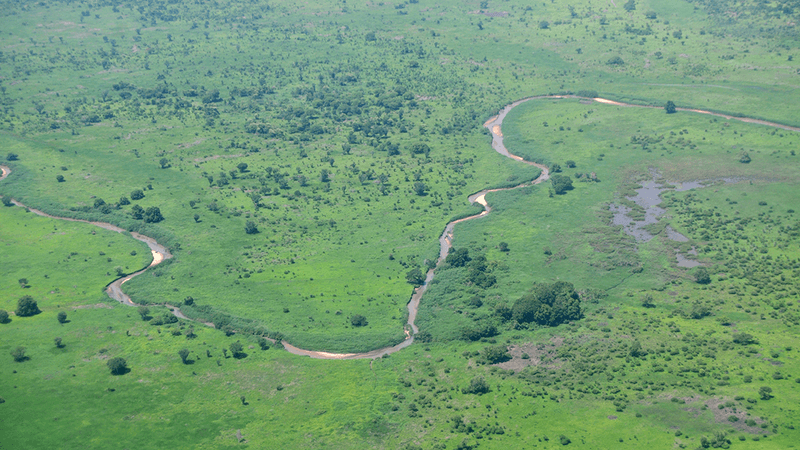Some stunning artifacts have been discovered at the site of a prehistoric campsite that was home to a group of hunter-gatherers in Britain around 10,500 years ago. This was a time long before metal or even pottery had been introduced to this strange island, but there’s a bunch of evidence that suggests the inhabitants were perfectly comfortable here.
The bundle of prehistoric artifacts was recently discovered near the town of Scarborough in North Yorkshire by archeologists from the University of Manchester and the University of Chester.
Among the finds were a number of tools and weapons made from bone, antler, and stone. One of these relics was a pointed hunting weapon that’s been carved to feature six barbs along its edge, designed to cause maximum damage to the body of the hunted animal.

They also found weapons made of animal bone and antlers that have been decorated with notches and scratches, perhaps showing evidence of creativity and artistic imagination.
“It is so rare to find material this old in such good condition. The Mesolithic in Britain was before the introduction of pottery or metals, so finding organic remains like bone, antler and wood, which are usually not preserved, are incredibly important in helping us to reconstruct peoples’ lives,” Dr Nick Overton, an archeologist on the project from The University of Manchester, said in a statement.
Homo sapiens (aka us, anatomically modern humans) didn’t make it to Britain until 40, 000 years ago, although it was inhabited by other species of hominin as early as 800,000 years ago. Genetic evidence of the so-called “Cheddar Man” suggests that some of the H. sapiens who called Britain home around 10,000 years ago would have had dark skin, black hair, and blue eyes.
The recently discovered site would have once lain on the shores of an island in an ancient lake during the Middle Stone Age after the end of the last Ice Age. This location would have been ideal for hunting animals that were part of the surrounding ecosystem, including elk, red deer, beavers, and water birds.

To get a deeper understanding of the area, the team is in the process of analyzing peat deposits that are already showing that this was an incredibly biodiverse landscape. They note that the evidence currently shows these people lived pretty comfortable lives that were closely in tune with the natural world around them.
“People often think of prehistoric hunter-gatherers as living on the edge of starvation, moving from place to place in an endless search for food, and that it was only with the introduction of farming that humans lived a more settled and stable lifestyle. But here we have people inhabiting a rich network of sites and habitats, taking the time to decorate objects, and taking care over the ways they disposed of animal remains and important artefacts,” explained Dr Amy Gray Jones from the University of Chester.
“These aren’t people that were struggling to survive. They were people confident in their understanding of this landscape, and of the behaviours and habitats of different animal species that lived there,” she continued.




